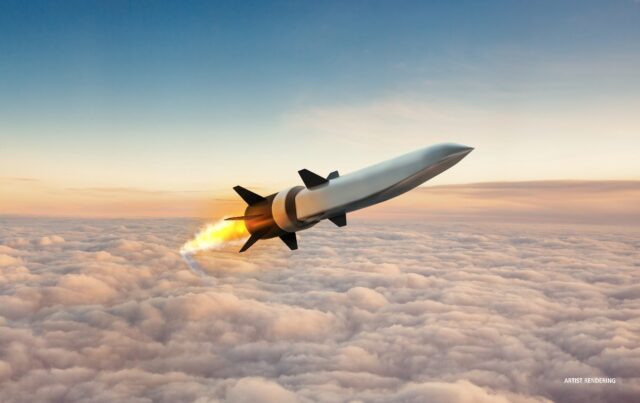
In a remarkable convergence of artificial intelligence and military technology, Chinese scientists have reportedly developed a cutting-edge AI computer chip that has significantly enhanced the capabilities of hypersonic weapons. This development not only signifies a technological leap but also underscores the intensifying global arms race in the realm of hypersonic weaponry.
The Role of AI in Hypersonic Technology
Hypersonic weapons, capable of travelling at speeds exceeding Mach 5 (five times the speed of sound), represent a significant strategic advancement. These weapons are known for their potential to deliver strikes swiftly and with high precision, making them a formidable component of modern military arsenals. The integration of AI into hypersonic systems is viewed as a game-changer, enabling these weapons to perform complex computations at unprecedented speeds, thereby improving targeting accuracy and operational flexibility.
A recent breakthrough reported involves an AI chip developed by Chinese researchers that is said to be 3,000 times faster than leading commercial AI chips like Nvidia’s A100. This chip employs photonics (light-based technology) instead of traditional electronics, which not only enhances processing speed but also reduces energy consumption, a crucial factor in military applications where efficiency is paramount.
Strategic Implications and Global Response
The advancements in hypersonic technology by Chinese scientists have not gone unnoticed on the global stage. The deployment of AI-enhanced hypersonic weapons could potentially shift the balance of military power, prompting other nations to accelerate their own hypersonic programs. The United States, Russia, and India, among others, are also actively developing hypersonic technologies, aiming to not fall behind in this critical area.
Moreover, AI’s role extends beyond just enhancing the speed and efficiency of weapons systems. It is also being used to design these weapons autonomously, reducing the reliance on human input for the complex calculations required in hypersonic flight dynamics. This AI capability was demonstrated in a study where the system identified and analyzed shock waves in wind tunnel tests without prior human setup, showcasing an impressive ability to adapt and learn independently.
The Future Trajectory
Looking ahead, the implications of these developments are profound. The blending of AI with hypersonic technology not only augments the effectiveness of these weapons but also introduces new challenges in terms of global security and arms control. As nations continue to invest heavily in these technologies, the race for supremacy in hypersonic weaponry is likely to intensify.
In response to these advancements, there is a growing dialogue among international leaders about the need for new frameworks to manage and regulate the development and deployment of hypersonic and AI-enhanced weaponry. The goal is to ensure that while technological progress continues, it does not lead to destabilization or conflict escalation.
The integration of advanced AI into hypersonic weapons systems by Chinese scientists marks a significant milestone in military technology. As countries around the world respond to these developments, the intersection of AI and defense will undoubtedly continue to evolve, reshaping the strategic landscape in the years to come.










